1973 Porsche 911 Carrera RSR 2.8-Litre Coupé Re-creation Registration no. RSR 73L Chassis no. to be advised Engine no. to be advised• No-expense-spared build by marque specialists Parr • Built to FIA specification • Completed in 2015 (bills available) • Outstanding conditionFootnotesSince its inception, the Porsche 911 has been modified by the factory for various forms of competition including endurance racing, rallying and sprint races. The 911 is often cited as the most successful competition car ever, and in the mid-1970s the normally aspirated Carrera RSR dominated its class in World Championship sports car racing, winning at the Targa Florio, Daytona 24 Hours, Sebring 12 Hours and Nürburgring 1,000kms. Based on the lightweight 911 Carrera RS announced the previous year, Porsche's RSR GT-category racer collected overall wins in the World Sportscar Championship at Daytona and the Targa Florio in 1973, defeating 3.0-litre prototypes from Ferrari, Matra and Mirage-Ford in the process, an outstanding achievement for a production-based motor car. Powered initially by a 2.8-litre, 300bhp engine (later versions used a 3.0-litre 330bhp unit) the 911 RSR ruled the GT class for which it had been designed to such an extent that the category rapidly became a Porsche benefit. Porsche's policy had been to entrust defence of their GT division honours to private owners and the Carrera 2.7 had been developed for this purpose. Although the factory also entered some examples, they usually ran in the Prototype class to avoid direct competition with the Zuffenhausen company's own customers. In similar fashion to the 2.7-litre Carrera RS, the replacement 2.8/3.0-litre RS and RSR models were lightened by the use of thin-gauge steel in the body/chassis unit, Spartan furnishing and some plastic components, keeping weight down to around 1,980lb (900kg). The RS was essentially the road-going version, the RSR the racer, and while 109 Carrera RS 3.0s were sold at a price new of DM64,980 each, approximately 57 of them were further modified and prepared for racing or rallying at a further cost of DM30,000. Most were completed in time for the 1974 season, although a few were built for 1975. The RSR conversion differed little from that already applied to the RS, with Delrin bushes instead of rubber providing more precise suspension control; centre-lock 917-pattern magnesium-alloy wheels; a lower nose achieved by different front suspension struts with higher stub axles; and wider front brake callipers accepting thicker pads for endurance racing. The RSR replica offered here is the work of marque specialists Parr of Crawley, West Sussex. One of Parr's existing clients wanted a wide-bodied 911 that would be eligible for FIA Historic road rallies. He loved the RSR look but could not afford the stratospheric price of an original. It was decided that Parr would build an eligible car as close to the original as possible, which would entail sourcing rare parts from all over the world. To comply with FIA regulations, a 1970s donor car was required, which arrived in the form of a 1973 911T sourced from France. Photographically documented, the project was very involved but the end result is stunning. The bodyshell needed a lot of preparation plus the addition of a safety cage and front/rear wheelarch extensions. The shell was then sent away to be dipped and E-coated before being repainted. The twin-plug engine was built as close to factory specification as could be achieved, using many original parts including a correct magnesium crankcase and correct ignition system (sourced from Switzerland). The gearbox likewise was restored using the original case, with modified internals and custom gear ratios. RSR torsion bar suspension was used, with all new components. Other notable features include custom-made oil coolers; repaired and remanufactured wiring harness; and original and custom-made Fuchs wheels to factory specification. This no-expense-spared project commenced
1973 Porsche 911 Carrera RSR 2.8-Litre Coupé Re-creation Registration no. RSR 73L Chassis no. to be advised Engine no. to be advised• No-expense-spared build by marque specialists Parr • Built to FIA specification • Completed in 2015 (bills available) • Outstanding conditionFootnotesSince its inception, the Porsche 911 has been modified by the factory for various forms of competition including endurance racing, rallying and sprint races. The 911 is often cited as the most successful competition car ever, and in the mid-1970s the normally aspirated Carrera RSR dominated its class in World Championship sports car racing, winning at the Targa Florio, Daytona 24 Hours, Sebring 12 Hours and Nürburgring 1,000kms. Based on the lightweight 911 Carrera RS announced the previous year, Porsche's RSR GT-category racer collected overall wins in the World Sportscar Championship at Daytona and the Targa Florio in 1973, defeating 3.0-litre prototypes from Ferrari, Matra and Mirage-Ford in the process, an outstanding achievement for a production-based motor car. Powered initially by a 2.8-litre, 300bhp engine (later versions used a 3.0-litre 330bhp unit) the 911 RSR ruled the GT class for which it had been designed to such an extent that the category rapidly became a Porsche benefit. Porsche's policy had been to entrust defence of their GT division honours to private owners and the Carrera 2.7 had been developed for this purpose. Although the factory also entered some examples, they usually ran in the Prototype class to avoid direct competition with the Zuffenhausen company's own customers. In similar fashion to the 2.7-litre Carrera RS, the replacement 2.8/3.0-litre RS and RSR models were lightened by the use of thin-gauge steel in the body/chassis unit, Spartan furnishing and some plastic components, keeping weight down to around 1,980lb (900kg). The RS was essentially the road-going version, the RSR the racer, and while 109 Carrera RS 3.0s were sold at a price new of DM64,980 each, approximately 57 of them were further modified and prepared for racing or rallying at a further cost of DM30,000. Most were completed in time for the 1974 season, although a few were built for 1975. The RSR conversion differed little from that already applied to the RS, with Delrin bushes instead of rubber providing more precise suspension control; centre-lock 917-pattern magnesium-alloy wheels; a lower nose achieved by different front suspension struts with higher stub axles; and wider front brake callipers accepting thicker pads for endurance racing. The RSR replica offered here is the work of marque specialists Parr of Crawley, West Sussex. One of Parr's existing clients wanted a wide-bodied 911 that would be eligible for FIA Historic road rallies. He loved the RSR look but could not afford the stratospheric price of an original. It was decided that Parr would build an eligible car as close to the original as possible, which would entail sourcing rare parts from all over the world. To comply with FIA regulations, a 1970s donor car was required, which arrived in the form of a 1973 911T sourced from France. Photographically documented, the project was very involved but the end result is stunning. The bodyshell needed a lot of preparation plus the addition of a safety cage and front/rear wheelarch extensions. The shell was then sent away to be dipped and E-coated before being repainted. The twin-plug engine was built as close to factory specification as could be achieved, using many original parts including a correct magnesium crankcase and correct ignition system (sourced from Switzerland). The gearbox likewise was restored using the original case, with modified internals and custom gear ratios. RSR torsion bar suspension was used, with all new components. Other notable features include custom-made oil coolers; repaired and remanufactured wiring harness; and original and custom-made Fuchs wheels to factory specification. This no-expense-spared project commenced

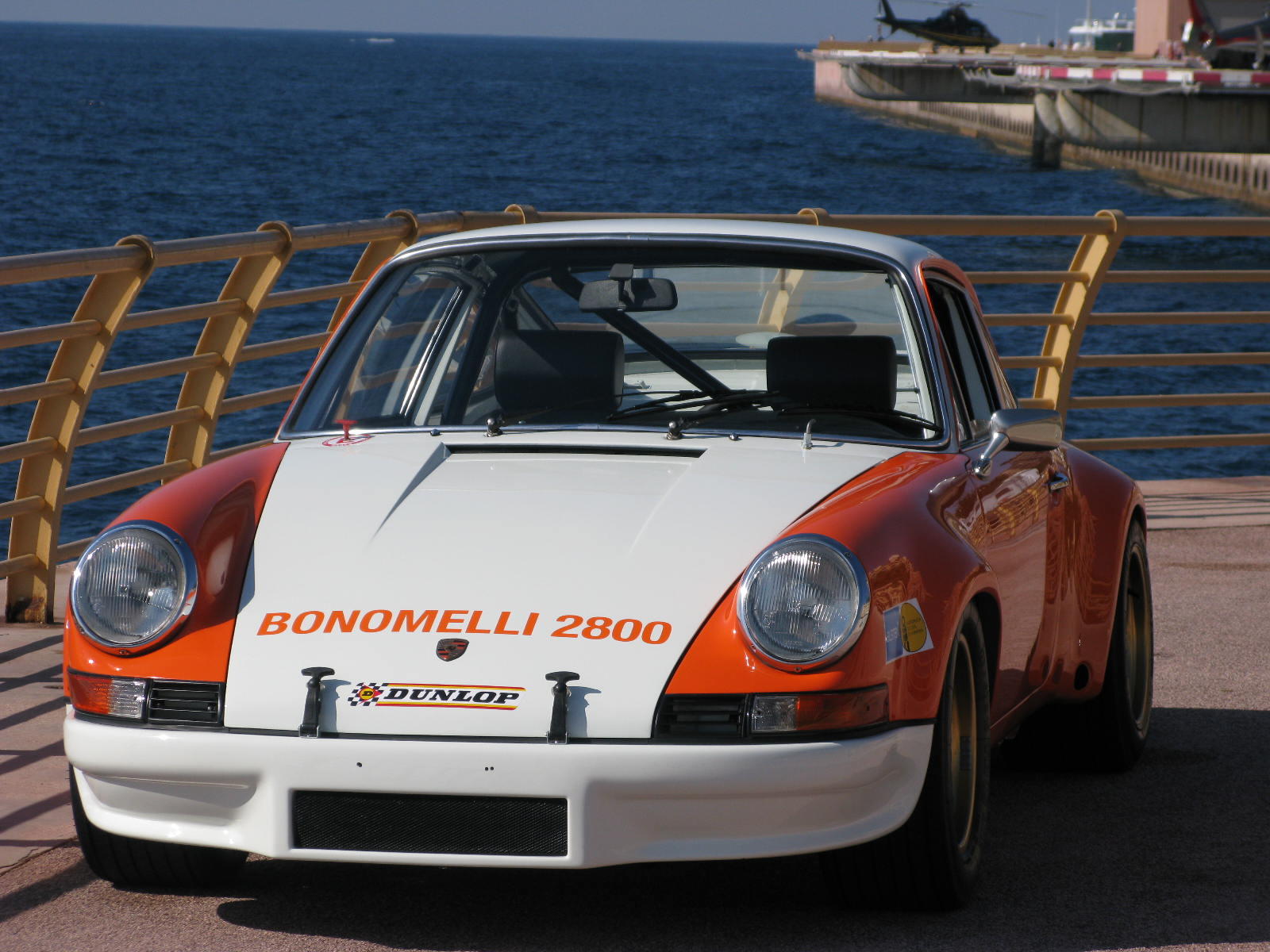
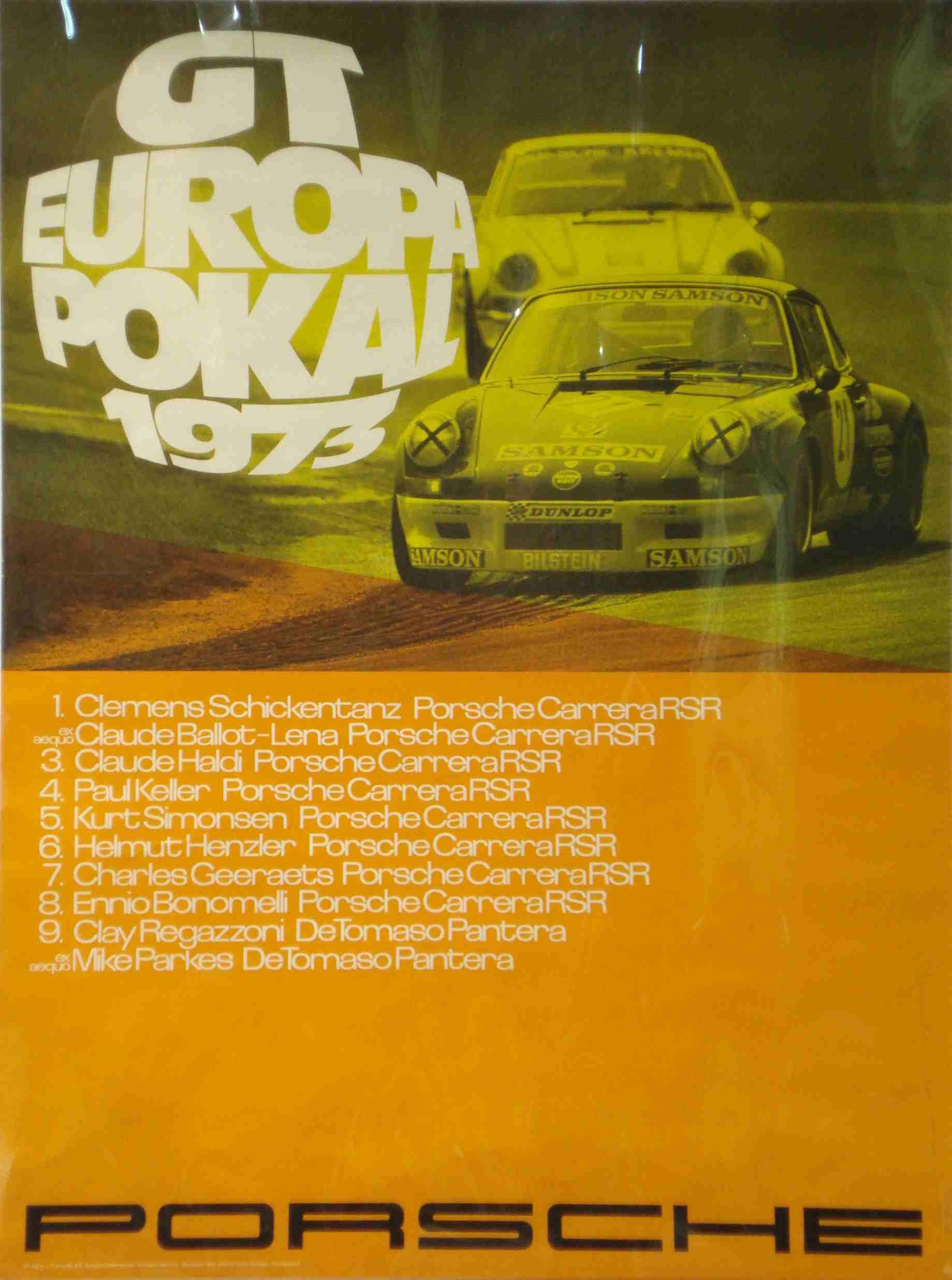
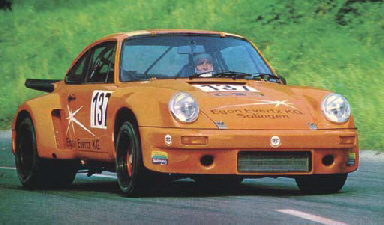
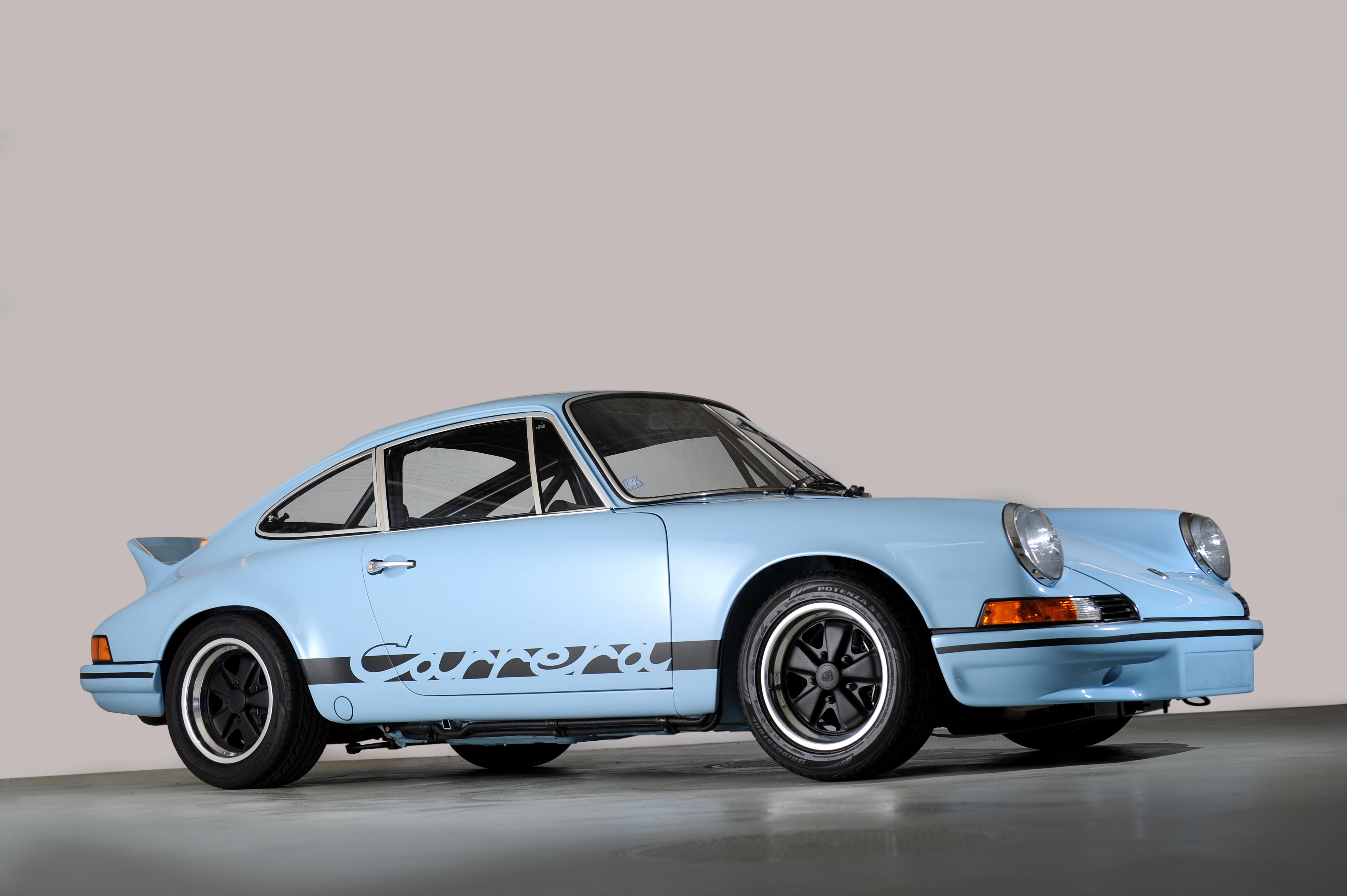


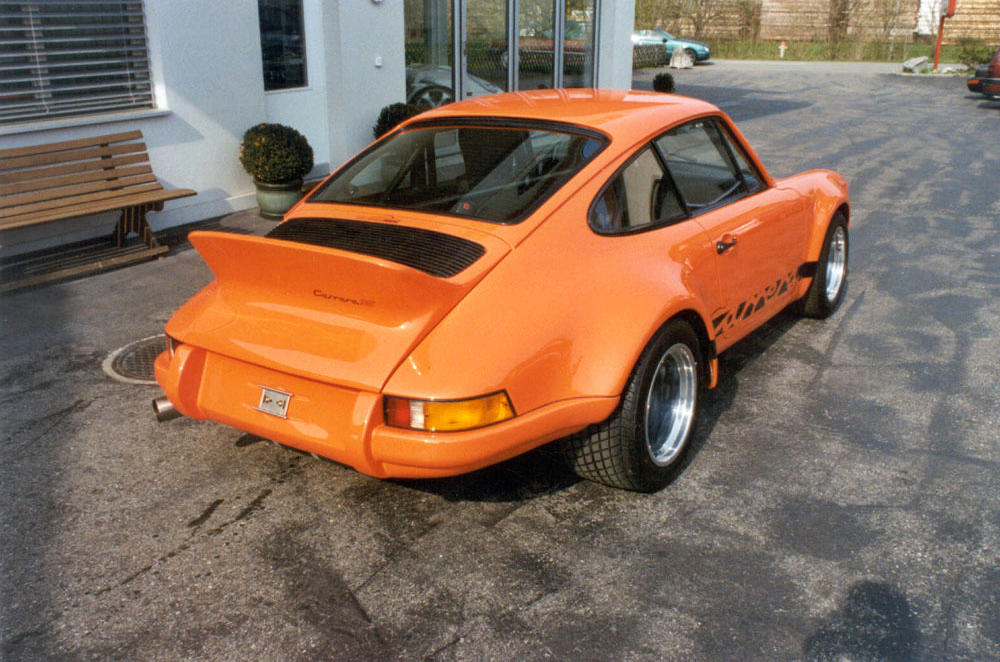
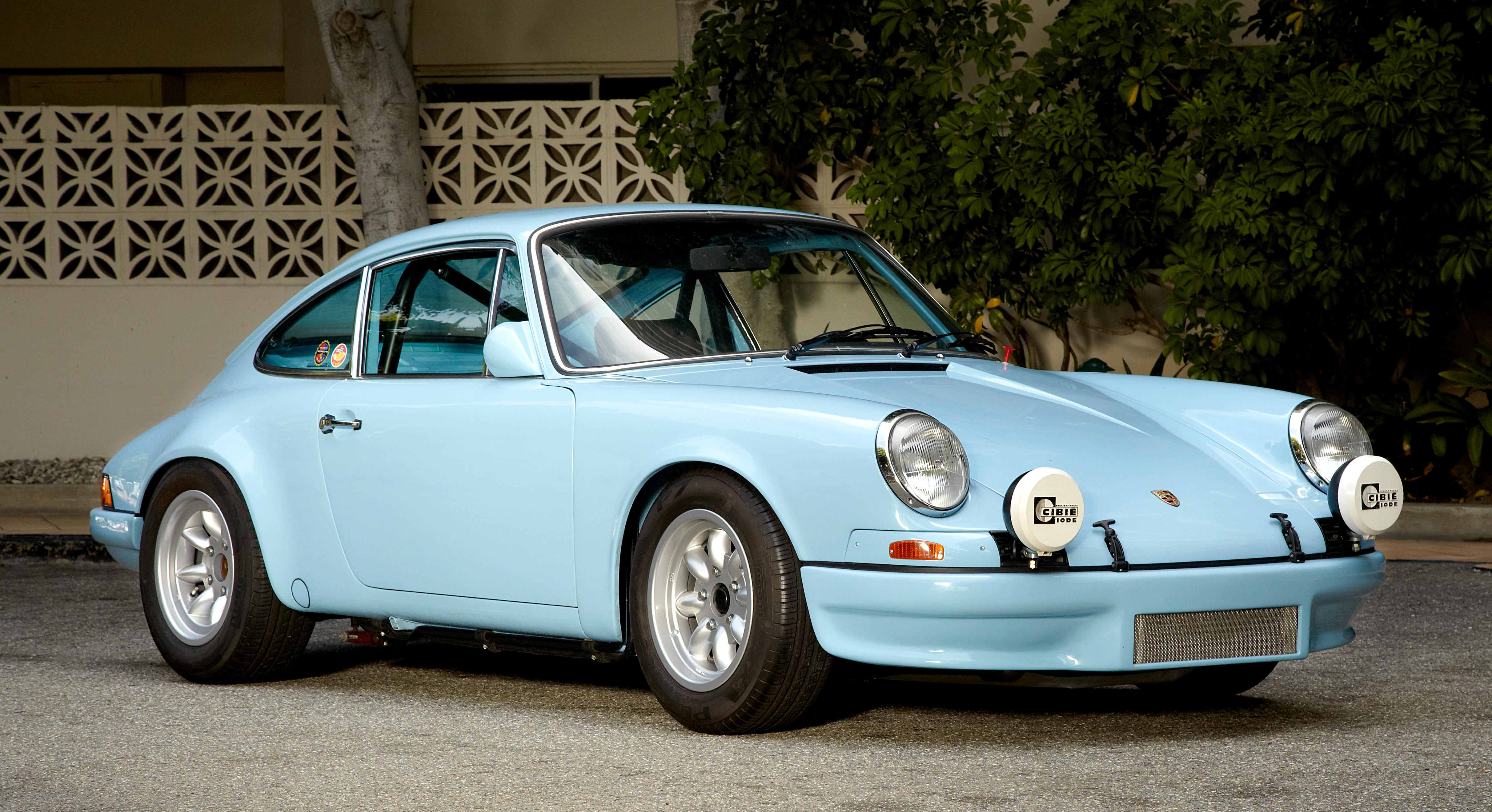

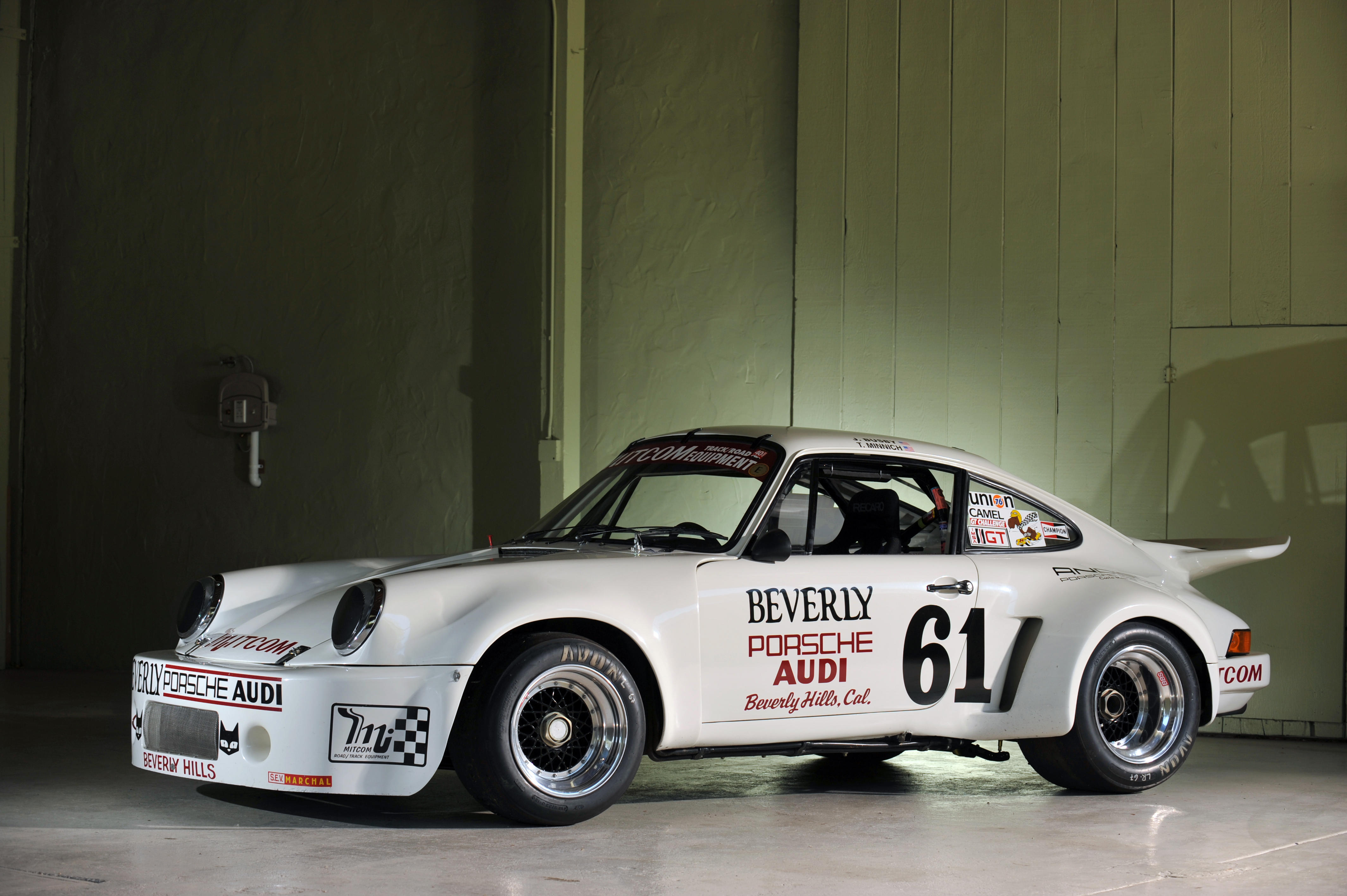
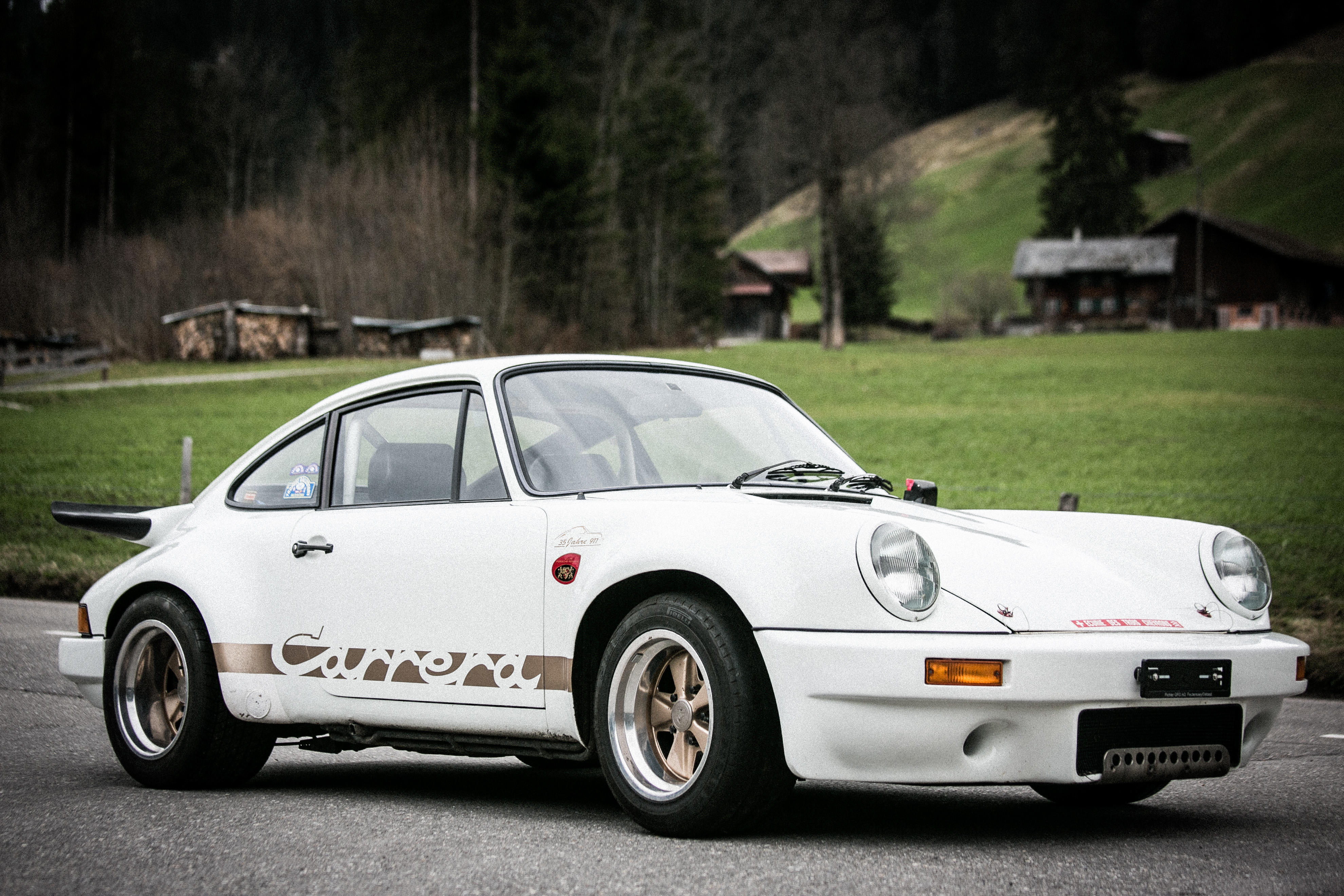

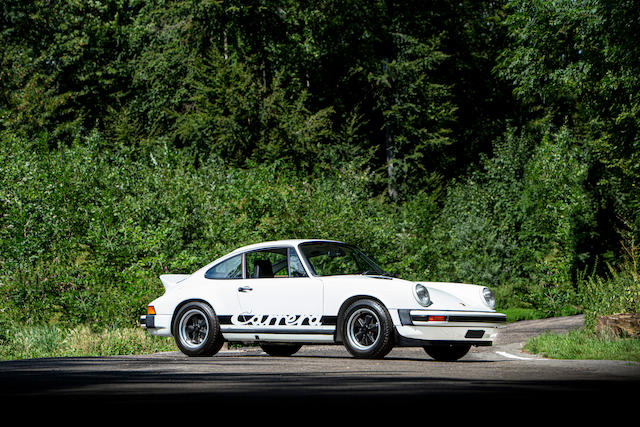
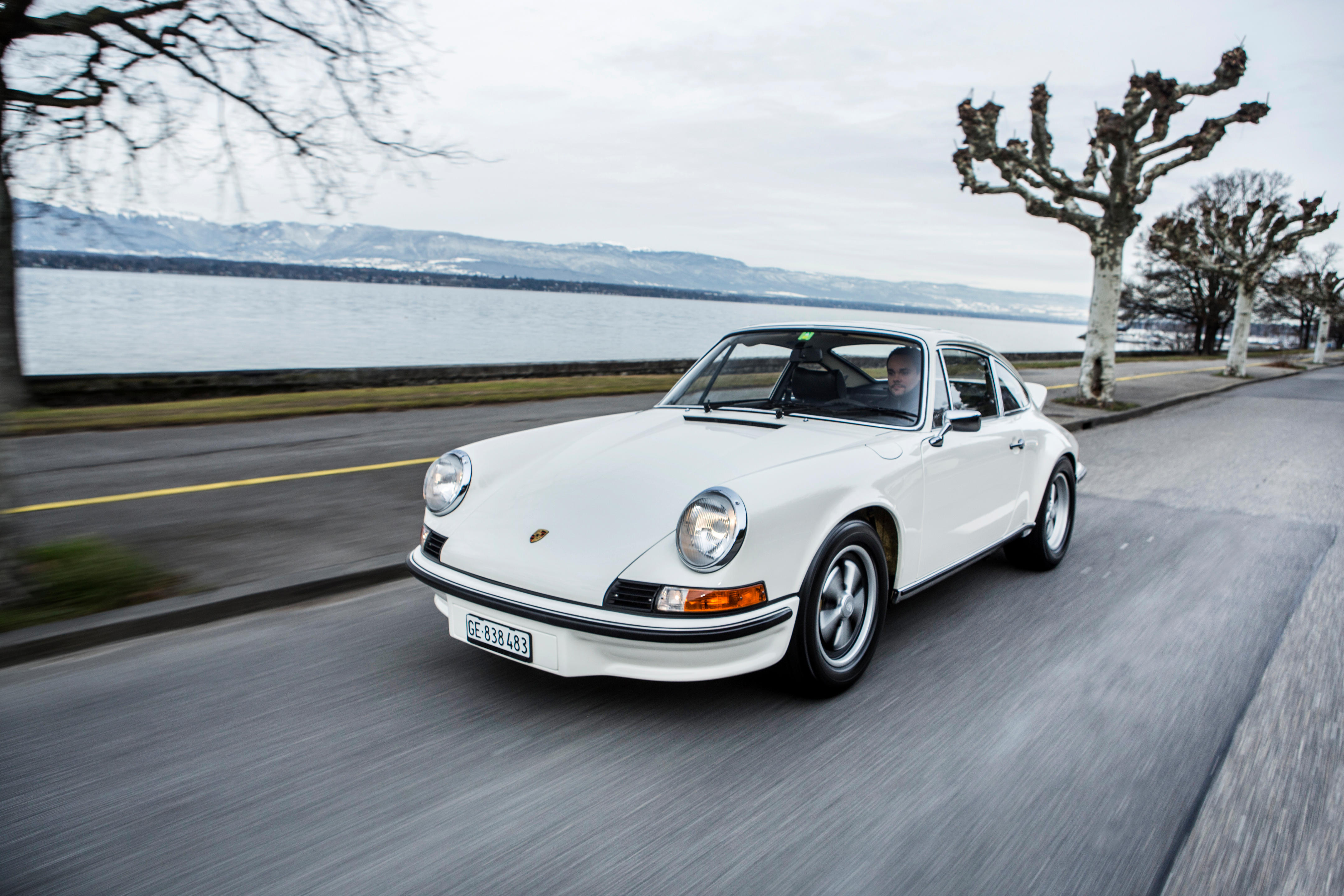
Try LotSearch and its premium features for 7 days - without any costs!
Be notified automatically about new items in upcoming auctions.
Create an alert